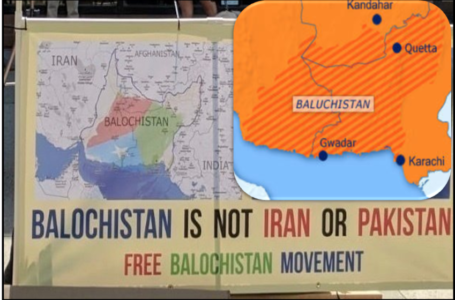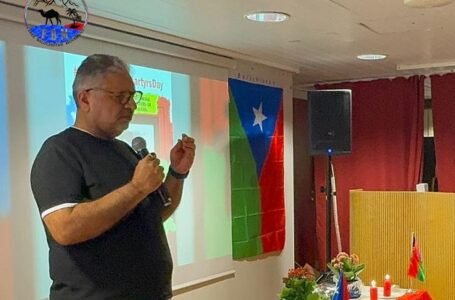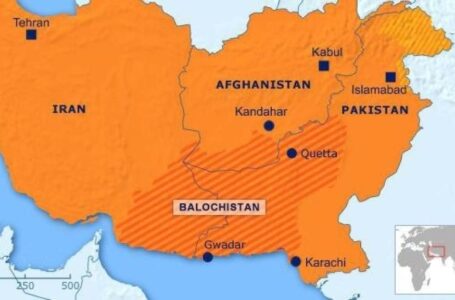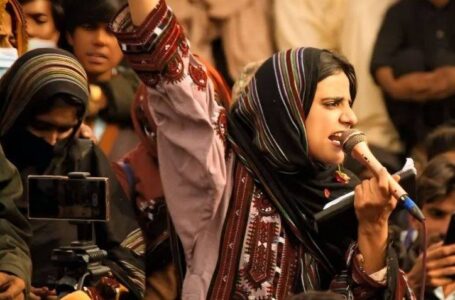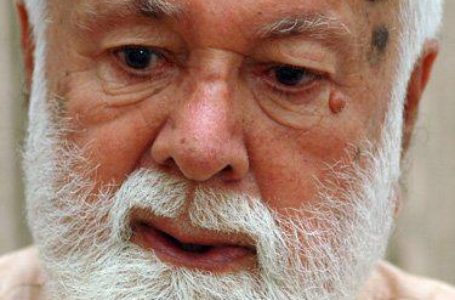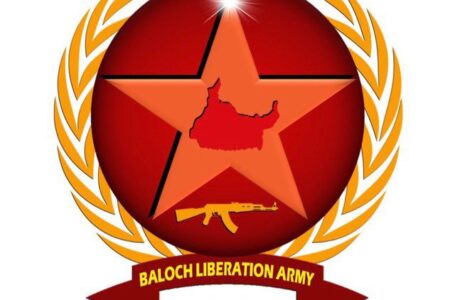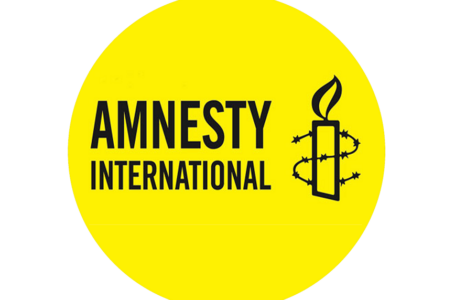Loot of “Sanghan”
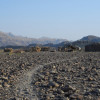
By Basham Baloch
The village of Sanghan sat quietly at the foot of Buzgar Hill, older than any general. Its people herded goats, planted wheat, and told stories by firelight. They didn’t ask for much—just rain, soil, and peace.
One early morning, as the sun rose, the sky cracked with the sound of helicopters. The thud of boots followed. Foreign soldiers, not wearing foreign uniforms but the flag of the state that claimed Sanghan as its own, descended on the village.
They weren’t strangers. The villagers knew their kind. They came often, each time with a new excuse: “Militants were hiding,” “someone had spoken too much,” or “we were just doing a search.”
This time, they came for everything.
They dragged men into courtyards, their hands bound behind backs that once cradled children. They looted homes of everything—jewellery, radios, phones—and then set the houses on fire. They smashed everything. They beat old women who dared ask, “Why?” A six-month-old baby was thrown on the ground because her mother had hidden her at home. One girl, the daughter of martyr “Chammo,” Sharbano, screamed so loudly that they shot her father just to silence her.
By the end of the day, the village well was poisoned, and four bodies, including two brothers, lay in the suburbs of the village. The commander left behind a warning: that the body supports the “Sarmachars” (Freedom Fighters).
For weeks, Sanghan remained silent, mourning in the dust. But beneath the silence, something was changing.
Adam Khan, only 17, began to write at night. He wrote on the old paper that was left behind. He wrote the names of the dead. He wrote what had happened that day.
Soon, others joined. A teacher, a shepherd, even a boy from another village who had once thought nothing mattered. They formed a quiet council—not an army, but a circle of memory-keepers.
Months later, someone smuggled photos of Sanghan’s burned homes through a journalist in the city. Another person leaked the list of names of the dead that Adam Khan had written. They sent the information to the newspapers.
They called it “fake news.”
They called it “separatist propaganda.”
But it was too late. The truth had been seeded, and truth, like wheat, grows silently at first.
Sanghan is still not on the map. Adam Khan is missing—perhaps dead, perhaps in prison. But his words live on:
“You brought guns.
We buried our dead.
And still, we shall remain.”
This is a story of fiction—but also of memory, of all the real Sanghans across occupied lands: Balochistan, Gaza, West Papua, Kurdistan. Their names may differ, but their pain echoes the same.
Disclaimer: The views and opinions expressed in this article are solely those of the author and do not necessarily reflect the official policy or position of Baloch Warna News. The publication provides a platform for diverse perspectives.

